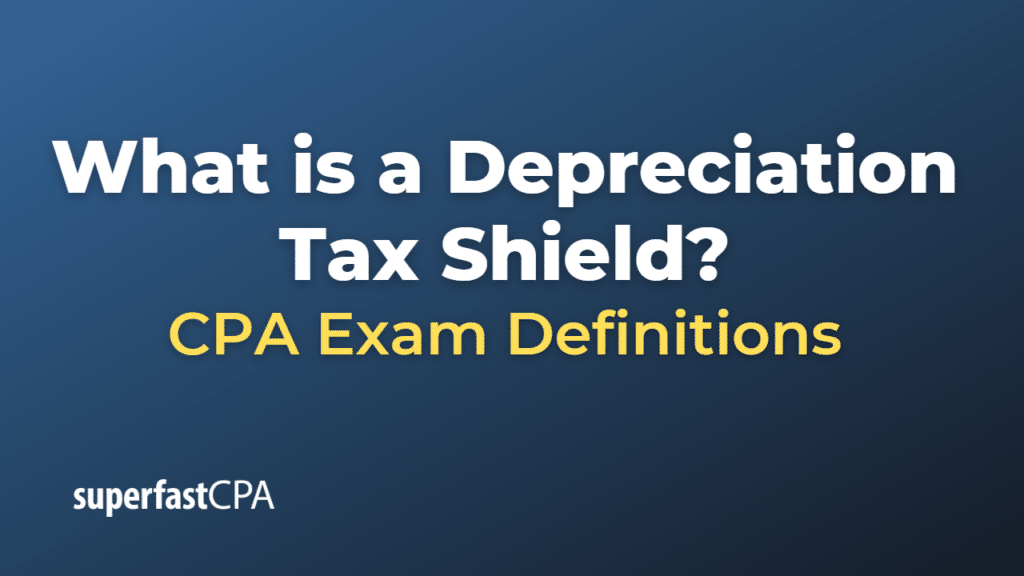Depreciation Tax Shield
A depreciation tax shield is a tax-saving benefit applied to income generated by businesses. It is an indirect way to save or ‘shield’ cash flows from taxes through the use of depreciation.
Depreciation allows businesses to spread out the cost of an asset over its useful life. For tax purposes, depreciation is considered a business expense, and businesses are allowed to deduct it when calculating their taxable income. As a result, it reduces the overall taxable income, thus lowering the amount of tax payable.
The tax shield refers to the amount of tax that has been saved by claiming depreciation as an expense. It’s calculated by multiplying the depreciation expense by the tax rate.
The formula for calculating the depreciation tax shield is:
Depreciation Tax Shield = Depreciation Expense x Tax Rate
Depreciation tax shields are important because they can improve a company’s cash flow by reducing its tax liability. They also make capital-intensive investments more attractive because the higher the investment in depreciable assets, the greater the potential tax shield.
Example of a Depreciation Tax Shield
Let’s consider a concrete example:
Assume a company purchased a piece of machinery for $100,000. This machinery has an estimated useful life of 10 years and a salvage value of $10,000. The company uses the straight-line depreciation method.
Under this method, the annual depreciation expense would be ($100,000 – $10,000) / 10 years = $9,000.
Now, let’s assume the company’s corporate tax rate is 30%.
The depreciation tax shield for each year can be calculated using the formula:
Depreciation Tax Shield = Depreciation Expense x Tax Rate
So, for this company, the annual depreciation tax shield would be:
Depreciation Tax Shield = $9,000 x 30% = $2,700
This means that the company saves $2,700 in taxes each year due to the depreciation expense. Over the 10-year life of the machinery, the cumulative tax shield would be $2,700 x 10 = $27,000.
Therefore, while the company paid $100,000 for the machinery, the actual after-tax cost is effectively lowered to $73,000 ($100,000 – $27,000) thanks to the depreciation tax shield. This is one of the ways companies manage their tax liabilities and improve cash flows.












